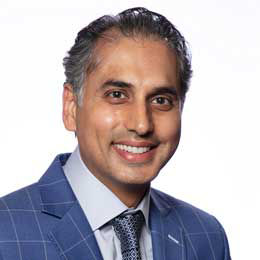A patient and computer-simulated surgery of that patient’s skull before and after surgery for sagittal craniosynostosis.
Computer-Guided Surgical Planning for Craniosynostosis Reconstruction Surgery
What Is Craniosynostosis Reconstruction Surgery?
In some cases, a child is born with a condition that requires surgery to reshape the bones of the face or other parts of the skull. Treatment for these disorders involves a multidisciplinary surgical procedure in which pediatric craniofacial surgeons and pediatric neurosurgeons work together to reshape the skull into a normal shape by cutting and reshaping the bones.
What Is Computer-Guided Surgical Planning?
Stanford Medicine Children’s Health is one of a few facilities in the nation that routinely uses computer-guided surgical planning for craniosynostosis. This technology allows doctors to conduct skullcap bone reconstruction surgery on the computer using information from CT scans. They then create a 3-D model of what they predict the patient’s skull will look like after surgery. Surgeons are then able to use this model during surgery as a template, and they are able to use the computer simulation to plan the best methods for reaching the desired result.
How Does Computer-Guided Surgical Planning Improve Results?
Computer-guided surgical planning can shorten the operation by one to two hours. This means less anesthesia and less blood loss, which equals a safer procedure for the child. The tool also helps surgeons provide high-level results more consistently because it allows surgeons to more successfully predict the results of the procedure before it takes place.
Our computer guided surgical planning specialists are helping to advance this leading edge new technology.






Connect with us:
Download our App: